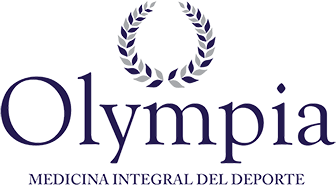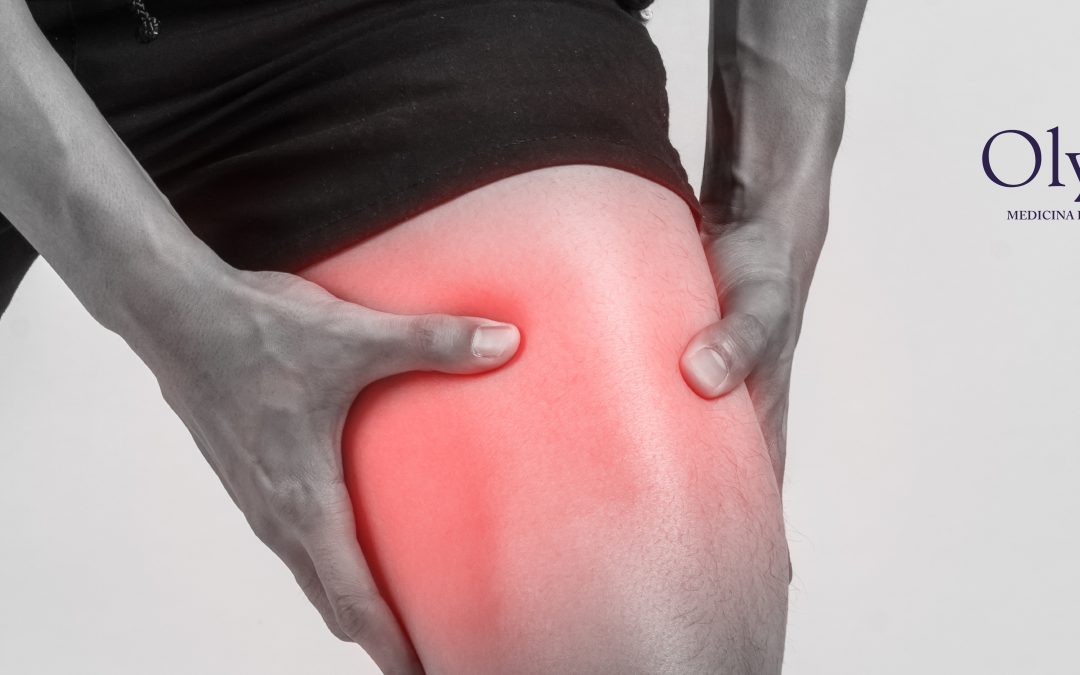Muscle pain, also known as myalgia, is the affection of one or several of our muscles. The discomfort is usually not serious and is self-limited. However, it is still a common cause of medical consultation.
Chronic muscle pain affects a large percentage of the population, occurring mostly in people who play sports or who make constant movements at work. In the case of sports, the sports with the highest risk are football, basketball, martial arts, and athletics.
Myalgias have various causes, the most common are injuries due to trauma, tension, or overload. There are also “non-muscular” causes, which means that muscle pain is not related to exercise or activities and is secondary to a disease or infection such as: hypothyroidism, osteomalacia, magnesium deficiency, pyomyositis, lupus, fibromyalgia, among other myopathies (muscle diseases).
The most common traumatic injuries are contusions, wounds, muscle tears, sprains, cramps, and stiffness (Delayed onset muscle soreness).
For prevention, it is recommended to improve our posture, avoid carrying a lot of weight, stretch before any physical activity, and stay hydrated.
It is important to go to the doctor after any injury, especially if the pain is intense, if there is redness in the area, if there is difficulty in movement, presence of inflammation or a hematoma.
Diagnosis is made in consultation with both a history and physical examination. It is important to identify the cause, as well as the type and location of the pain. It can be a clinical diagnosis, but sometimes imaging studies such as an ultrasound or a magnetic resonance imaging can be used to complement it. If a non-musculoskeletal cause is suspected, other more invasive studies can be performed.
The treatment will depend on the patient and the type of injury, in minor injuries we could add a pharmacological treatment with an analgesic and rest, as well as bandaging and the application of cold/heat. Muscle massages can also be included for muscle relaxation and to help relieve pain.
In case of persistent or serious injuries, more invasive therapies can be carried out, such as prolotherapy, which by several injections of an irritating solution creates an inflammatory reaction that regenerates the damaged tissue, favoring the reduction of pain.
In the presence of any injury or muscle pain, you should go to the doctor for a complete evaluation, in this way any complication can be ruled out and timely treatment can be provided.

